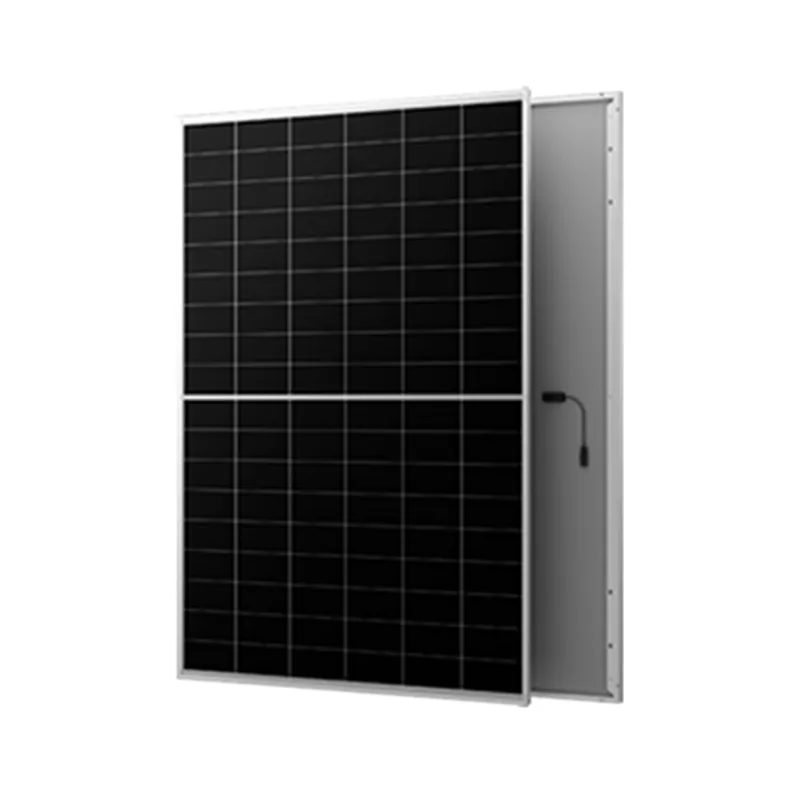Comparing Bifacial and Monofacial Solar Panels for Enhanced Energy Efficiency and Performance
Bifacial Solar Panels vs. Monofacial Solar Panels A Comprehensive Comparison
In the ever-evolving landscape of renewable energy, solar power has emerged as one of the most promising solutions to reduce our dependence on fossil fuels. Among the various technologies available, bifacial and monofacial solar panels are two prominent options. While both serve the same fundamental purpose of converting sunlight into electricity, the technology behind each type has distinct advantages and disadvantages. This article delves into a comprehensive comparison between bifacial and monofacial solar panels to help consumers and businesses make informed decisions.
What are Bifacial and Monofacial Solar Panels?
Monofacial solar panels are the traditional solar panels most people are familiar with. They consist of a single layer of photovoltaic (PV) cells, usually encased in a protective glass layer, with a backing made of materials like plastic or aluminum. These panels primarily capture sunlight that directly hits the front side, converting it into usable electricity.
In contrast, bifacial solar panels are designed to capture sunlight on both their front and rear sides. They are constructed from two layers of PV cells and are often transparent on the back, allowing light to reflect off surfaces like the ground, thereby harvesting additional energy. This dual-sided capability can significantly enhance energy output in various installation settings.
Efficiency and Energy Output
One of the key considerations when choosing between bifacial and monofacial solar panels is their efficiency. Bifacial panels typically achieve a higher energy yield, thanks to their ability to absorb sunlight from multiple angles. Under optimal conditions, bifacial solar panels can increase energy production by 10-20% compared to their monofacial counterparts, especially in areas with reflective surfaces, such as snow-covered ground or light-colored rooftops.
However, the actual performance of both types of panels depends on various factors, including installation orientation, geographical location, and local weather conditions. In regions with less sunlight or heavy shading, the benefits of bifacial panels may be diminished.
bifacial solar panel vs monofacial

Installation and Cost Considerations
When it comes to installation, bifacial solar panels often require more careful planning. They are typically mounted on higher racks to optimize sunlight capture on both sides, which can lead to increased installation costs. Furthermore, ground conditions must be considered to ensure optimal light reflection. Conversely, monofacial panels are easier to install, making them a more straightforward choice for many residential and commercial applications.
In terms of cost, bifacial solar panels tend to be more expensive than monofacial ones due to their advanced technology and dual-sided design. It’s crucial for potential buyers to assess the long-term energy savings against the initial investment to determine if bifacial panels are worth the additional expense.
Durability and Lifespan
Both bifacial and monofacial solar panels offer impressive durability and longevity, typically lasting 25 years or more. However, bifacial panels often come with enhanced durability features, such as improved materials that resist environmental wear and tear. Their construction allows them to maintain higher performance levels over time, potentially providing more consistent returns on investment.
Conclusion
Ultimately, the choice between bifacial and monofacial solar panels boils down to specific energy needs, site conditions, and budget constraints. Bifacial panels offer significant advantages in energy output and efficiency, especially in environments conducive to light reflection. However, they come at a higher cost and require more complex installation. On the other hand, monofacial panels deliver reliable performance at a lower initial investment, making them suitable for various applications.
As solar technology continues to advance and prices fluctuate, both bifacial and monofacial solar panels will play crucial roles in the transition toward a sustainable energy future. By understanding the differences and implications of each type, consumers can better navigate their options and make choices that align with their energy goals.
-
String Solar Inverter: The High-Efficiency Solution for Smart Solar EnergyNewsJul.14,2025
-
Revolutionizing Rooftop Energy with the Power of the Micro Solar InverterNewsJul.14,2025
-
Power Independence with Smart Off Grid Solar Inverter SolutionsNewsJul.14,2025
-
On Grid Solar Inverter: Powering the Future with Smart Grid IntegrationNewsJul.14,2025
-
Monocrystalline Solar Panels: High-Efficiency Power for the Future of Clean EnergyNewsJul.14,2025
-
Bifacial Solar Panel: A Smarter Investment for Next-Generation Energy SystemsNewsJul.14,2025







